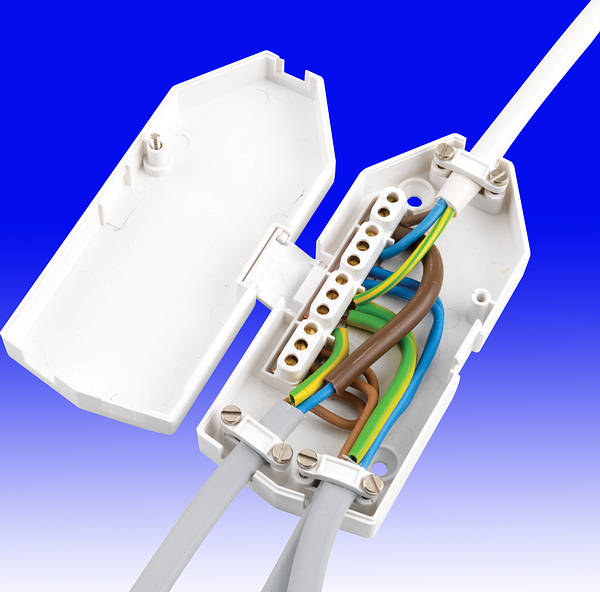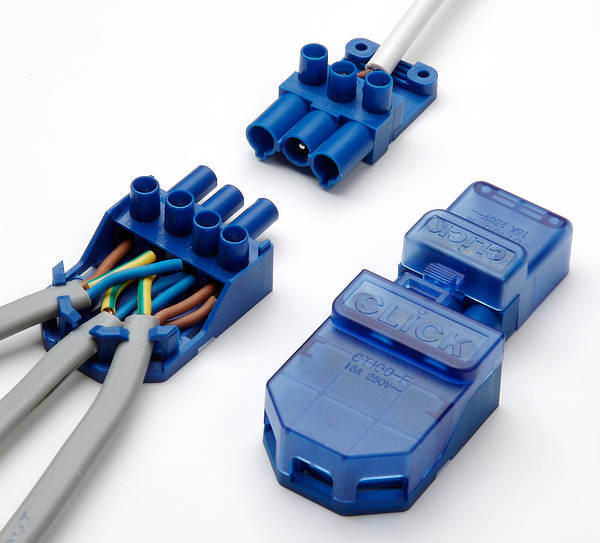If that is so doesn't it then become quite crowded in a loop in system i.e. power from last light, power to next light, cable to switch.
It really depends entirely on what sort of light fittings you are installing.
Traditional british ceiling roses and battern holders are explicitly designed for loop in wiring and therefore have the space and terminals to do it easily and neatly.
Striplights while not explicitly designed for loop in wiring have a shedload of room inside so doing loop in wiring in them is not a problem.
The problem comes when you start trying to fit fancy fittings. Virtually none of them are explicitly designed for loop in wiring and some of them have very little space inside. As a result Loop in wiring of such fittings is often a pain in the arse.
I believe I was right in saying that Junction boxes (olds style) aren't really allowed any more? Is that correct?
They have to be accessible for inspection. Some electricians take a narrower view than others on what can be considered as accessible for inspection but in general it's hard to ensure they both are accessible and stay accessible (sure it might be an unboarded loft now but what are the chances of someone covering it in chipboard in future without thinking about the electics).
Maintinance free junction boxes can be used in inaccessible locations but I would still consider inaccessible junctions to be a last resort.
And then there is the big problem that records that should be kept often aren't so even if there is a non-destructive way to access a junction the record of where the box is and how to access it may well be lost.
Overall while junction boxes aren't forbidden per-se I'd say they are something to be avoided where possible.
Whats the normal way to do things nowadays?
It depends on what the goals of the person specifying the are.
If the lights being installed are pendants in most rooms and a striplight in the kitchen then loop in at the lights is likely the cheapest and easiest way to do it. As such if you don't specify what you want it is what you are likely to get.
Personally I would specify looping at the switches. It does mean a bit more wire and deeper swich boxes but it means you can easilly fit whatever fittings you like without having to worry about how you are going to fit the loop in wiring into the fitting . It also means you have a neutral at the switches which will make adding wall lights or switched round pin sockets later easier.



